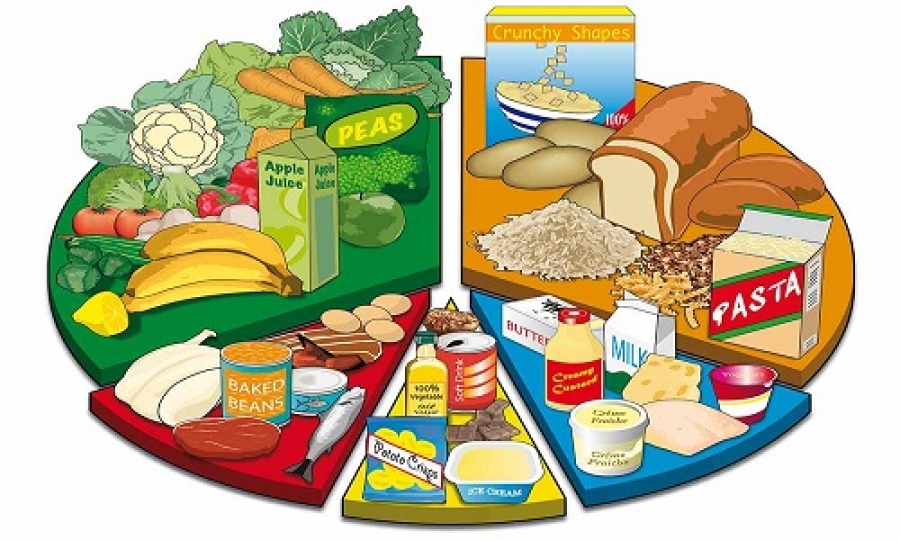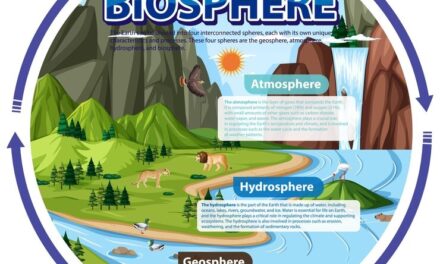In this chapter, we’ll dive into the different sources of food, how they provide us with essential nutrients, and the variety of food available. We’ll also learn about the food habits of animals and the concept of the food chain. Let’s get started on this flavorful journey!
Food and Nutrients
Food is essential for our survival and health. It provides the nutrients our bodies need to grow, stay healthy, and have energy for daily activities.
What is Food?
Food is any substance that we eat or drink to provide our bodies with nutrients. These nutrients help us maintain health, grow, and get energy. Foods come from various sources, including plants and animals.
Nutrients in Food
Food contains several important nutrients:
– Carbohydrates: Provide energy. Found in bread, rice, and fruits.
– Proteins: Help build and repair tissues. Found in meat, eggs, and beans.
– Fats: Provide energy and help absorb vitamins. Found in oils, butter, and nuts.
– Vitamins: Support various body functions. Found in fruits, vegetables, and dairy products.
– Minerals: Important for bones, teeth, and overall health. Found in fruits, vegetables, and meat.
– Water: Essential for all bodily functions. Found in drinking water and many foods like fruits and vegetables.
Functions of Food
Food plays several vital roles in our bodies:
– Energy Supply: Provides energy for all activities, from walking to studying.
– Growth and Development: Helps in the growth of children and the repair of tissues in everyone.
– Regulation: Keeps our body systems functioning properly, such as the digestive and immune systems.
– Protection: Helps protect against diseases and infections.
Variety of Food in India
India is known for its diverse and rich culinary traditions. The variety of food in India reflects the country’s different cultures, climates, and geographical regions.
Regional Cuisines
– North India: Known for dishes like biryani, butter chicken, and various types of bread like naan and roti.
– South India: Famous for dosas, idlis, sambhar, and rice-based dishes.
– East India: Offers specialties like fish curry, pithas (rice cakes), and various sweets.
– West India: Includes dishes like pav bhaji, dal bati churma, and seafood.
Ingredients in Indian Food
Indian cuisine uses a wide range of ingredients, including:
– Spices: Turmeric, cumin, coriander, and cardamom add flavor and aroma.
– Vegetables: Potatoes, onions, tomatoes, and leafy greens are commonly used.
– Grains: Rice, wheat, and pulses form the staple diet.
– Dairy Products: Milk, yogurt, and paneer are important in many dishes.
Sources of Food
Food comes from various sources, including plants and animals. Understanding where our food comes from helps us appreciate the effort that goes into producing it.
Plant Sources
Plants provide a wide range of food products, including:
– Fruits: Apples, bananas, mangoes, and berries.
– Vegetables: Carrots, spinach, and bell peppers.
– Grains: Wheat, rice, and maize.
– Legumes: Beans, lentils, and chickpeas.
Plants are a major source of carbohydrates, vitamins, and minerals.
Animal Sources
Animals provide important food products such as:
– Meat: Beef, chicken, pork, and lamb.
– Dairy: Milk, cheese, and yogurt.
– Eggs: A rich source of protein and essential nutrients.
Animal products provide proteins, fats, and various vitamins and minerals.
Plant Parts and Animal Sources as Food
Different parts of plants and animals are used for food:
Plant Parts Used for Food
– Roots: Carrots, beets, and radishes.
– Stems: Celery, asparagus, and sugarcane.
– Leaves: Lettuce, spinach, and cabbage.
– Fruits: Apples, tomatoes, and peppers.
– Seeds: Sunflower seeds, peanuts, and grains.
Here are some plants that store food in their stems:
Potato
The underground stem of a potato, called a tuber, stores food. The potato’s leaves and shoot system prepare food through photosynthesis, which is then transported to the underground storage area.
Ginger
The underground stem of a ginger plant, called a rhizome, stores food. The ginger plant’s leaves and shoot system prepare food through photosynthesis, which is then transported to the underground storage area.
Other plants that store food in their stems include turmeric, cactus, bamboo, and pineapple.
Animal Products Used for Food
– Muscle Tissue: Meat from various animals.
– Milk Glands: Milk, cheese, and yogurt from cows, goats, and other animals.
– Eggs: Produced by birds like chickens and ducks.
Food Habits of Animals
Animals have different food habits depending on their diet. Understanding these habits helps us learn about ecosystems and how different organisms interact.
Herbivores
Herbivores are animals that eat only plants. They have specialized teeth and digestive systems to break down plant material.
– Examples: Cows, deer, and rabbits.
– Diet: Grass, leaves, fruits, and vegetables.
Carnivores
Carnivores eat other animals. They have sharp teeth and claws for catching and eating their prey.
– Examples: Lions, eagles, and sharks.
– Diet: Meat from other animals.
Omnivores
Omnivores eat both plants and animals. They have a versatile diet that includes a variety of foods.
– Examples: Humans, bears, and pigs.
– Diet: Fruits, vegetables, meat, and other animal products.
Parasites
Parasites live on or inside other organisms (hosts) and get their nutrients at the host’s expense. They often harm their hosts in the process.
– Examples: Tapeworms, lice, and fleas.
– Diet: Blood, tissues, or other bodily fluids from their hosts.
Food Chain
The food chain is a way to show how energy and nutrients move through an ecosystem. It starts with producers and moves through various levels of consumers.
What is a Food Chain?
A food chain represents the flow of energy from one organism to another. It begins with producers (plants) and moves through herbivores (plant-eaters), carnivores (meat-eaters), and decomposers.
Components of a Food Chain
– Producers: Plants that make their own food through photosynthesis.
– Primary Consumers: Herbivores that eat plants.
– Secondary Consumers: Carnivores that eat herbivores.
– Tertiary Consumers: Top predators that eat other carnivores.
– Decomposers: Organisms like bacteria and fungi that break down dead organisms and recycle nutrients back into the soil.
Examples of Food Chains
– Grass → Grasshopper → Frog → Snake → Hawk
– Grass is eaten by grasshoppers, which are eaten by frogs, which are eaten by snakes, which are eaten by hawks.
– Phytoplankton → Small Fish → Larger Fish → Shark
– Phytoplankton are eaten by small fish, which are eaten by larger fish, which are eaten by sharks.
Importance of Understanding Food Sources
Understanding where our food comes from and how it affects the environment helps us make better choices. It also helps us appreciate the diversity of life and the importance of protecting ecosystems.
Sustainable Practices
– Conservation: Protecting natural habitats to ensure that plants and animals can thrive.
– Organic Farming: Growing food without harmful chemicals and pesticides.
– Reducing Waste: Using food responsibly and reducing food waste.
Understanding where our food comes from and how it impacts the environment helps us make informed choices and appreciate the complex web of life. Keep learning and discovering more about the amazing world around you.
The worksheet covers the following topics-
Food and Nutrients
Functions of food
Variety of food in India
Ingredients of food
Sources of food
Plants parts and animals sources as food
Food habit of animals
Herbivores, Carnivores, Omnivores, Parasites,
Food Chain
Image courtesy
https://clipart-library.com/clipart/2090145.htm

















